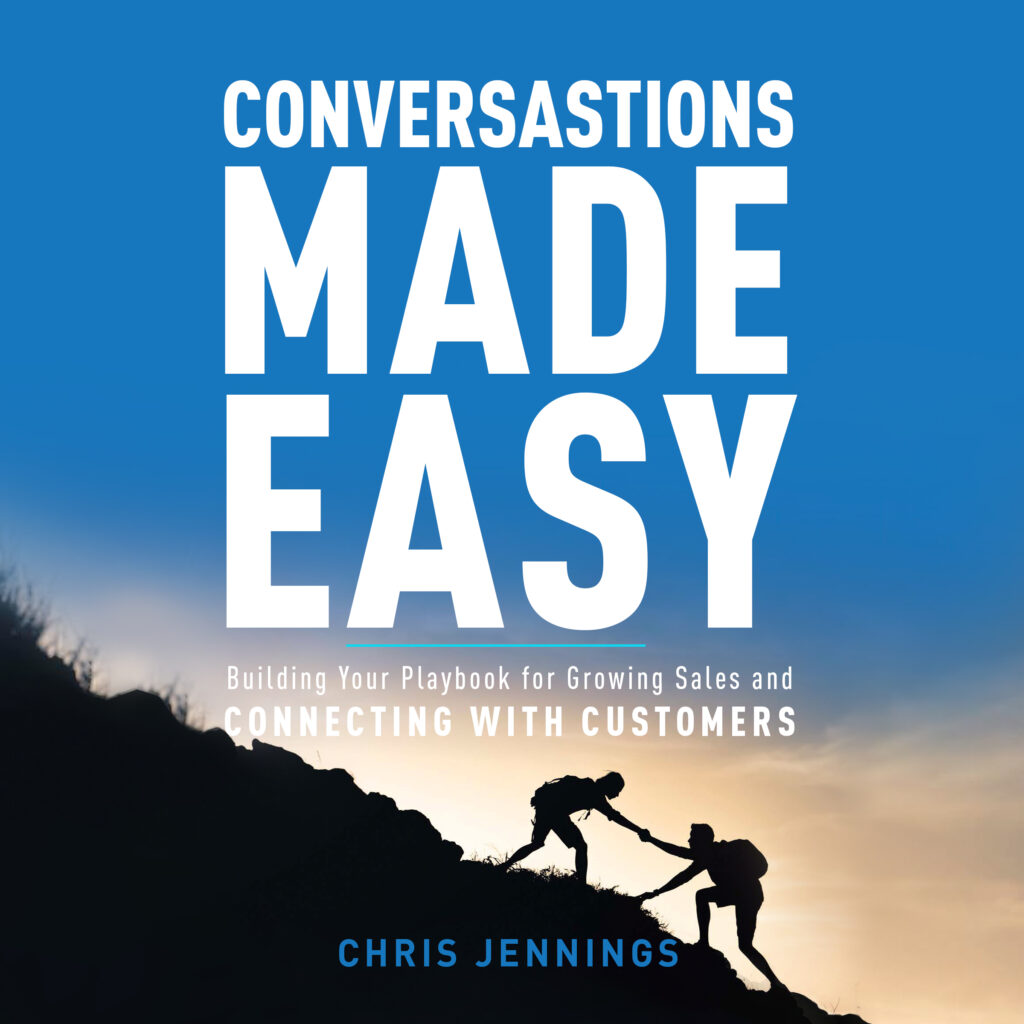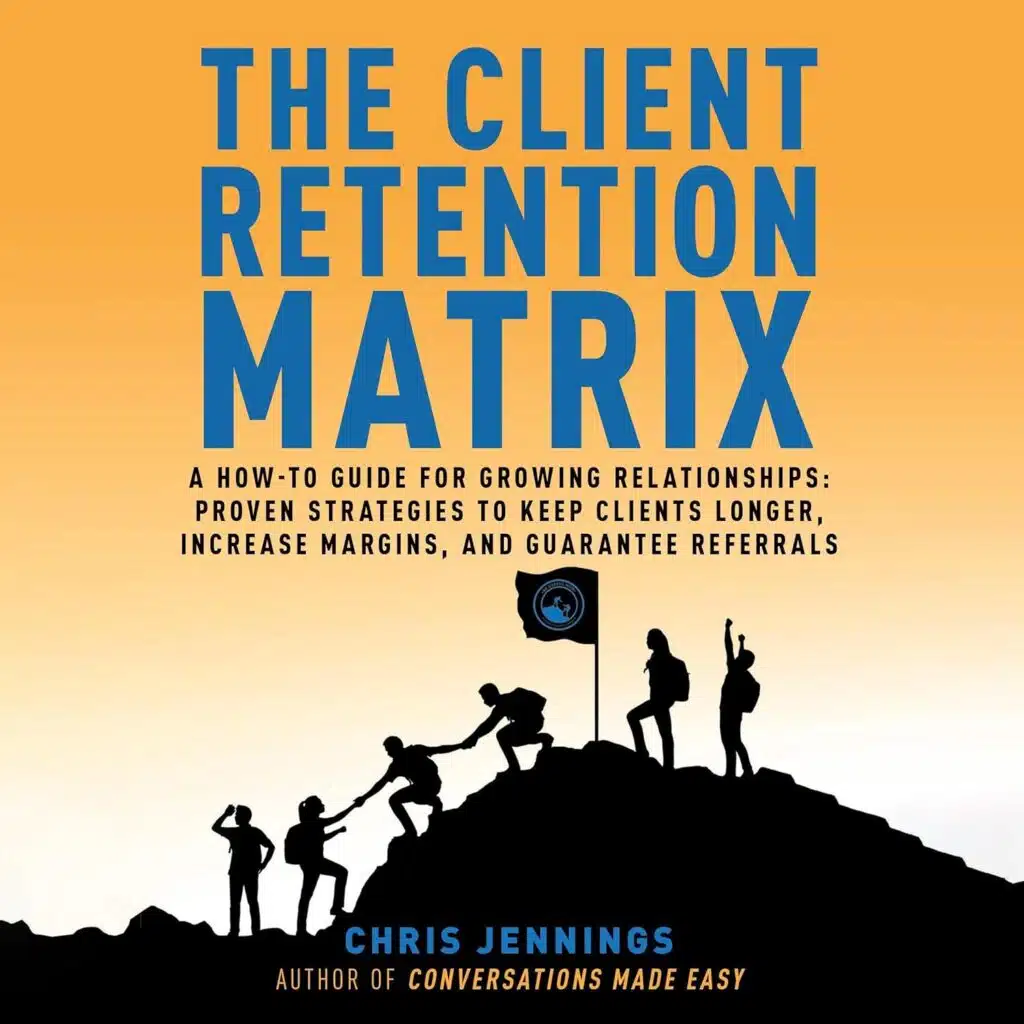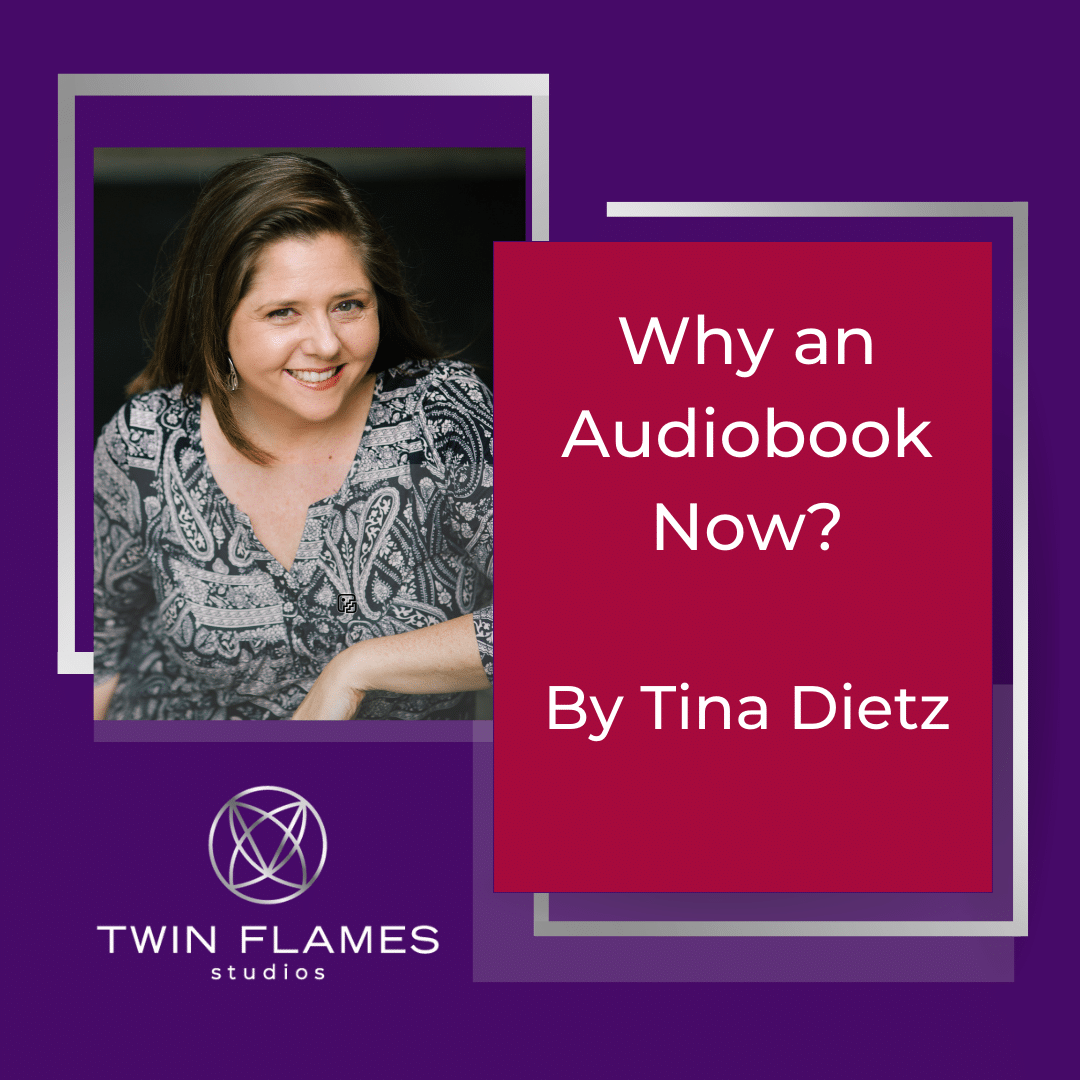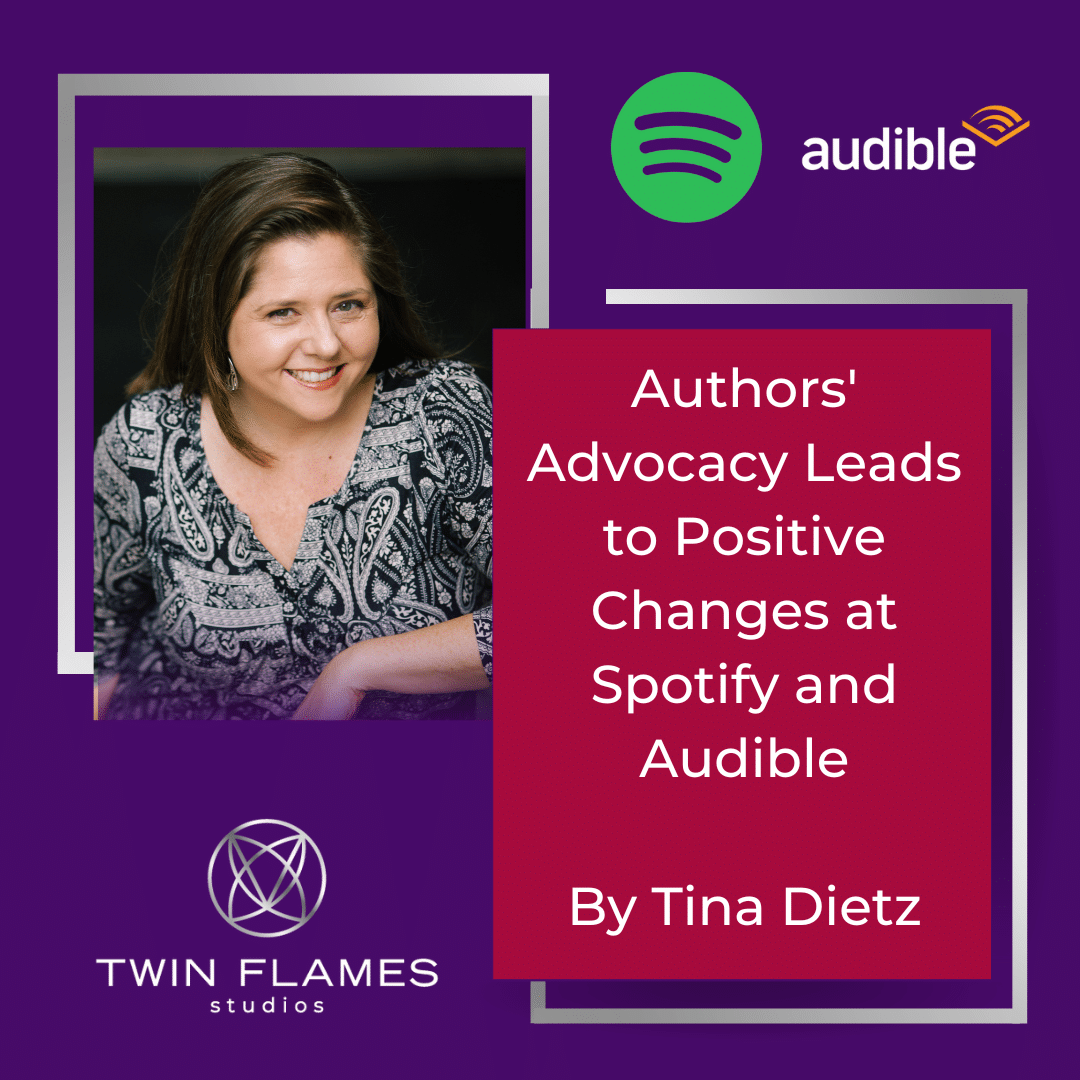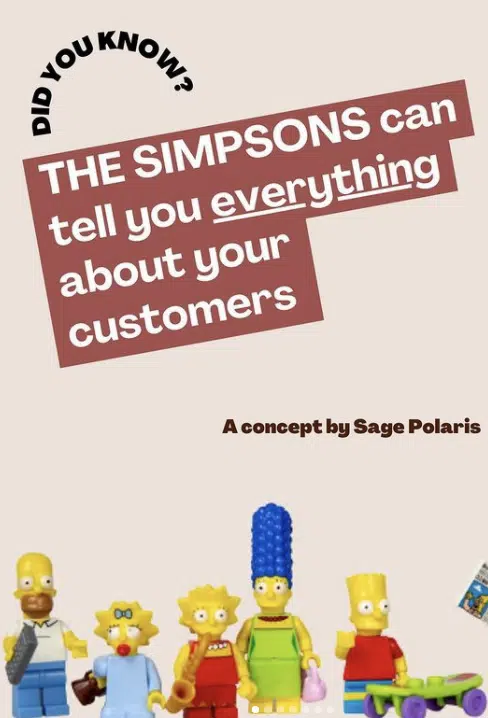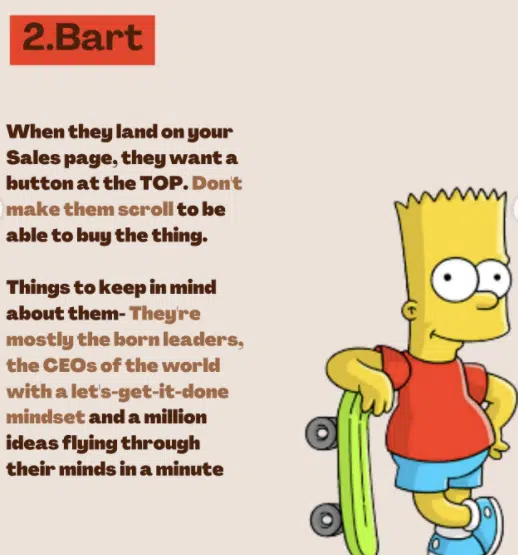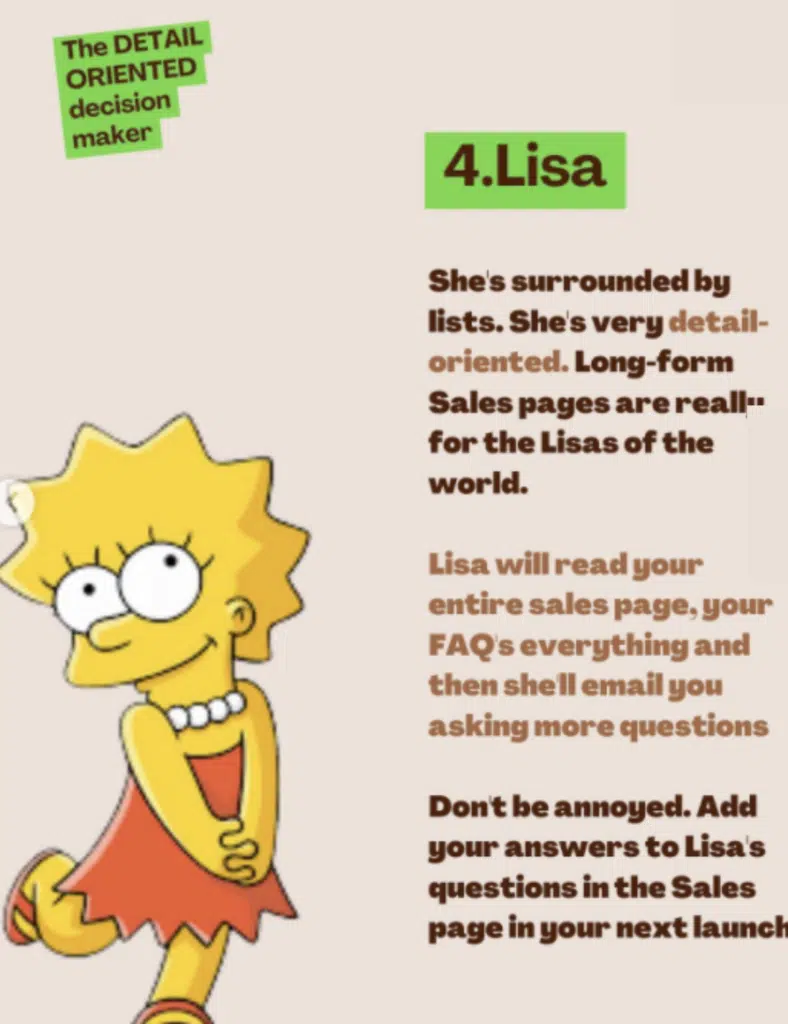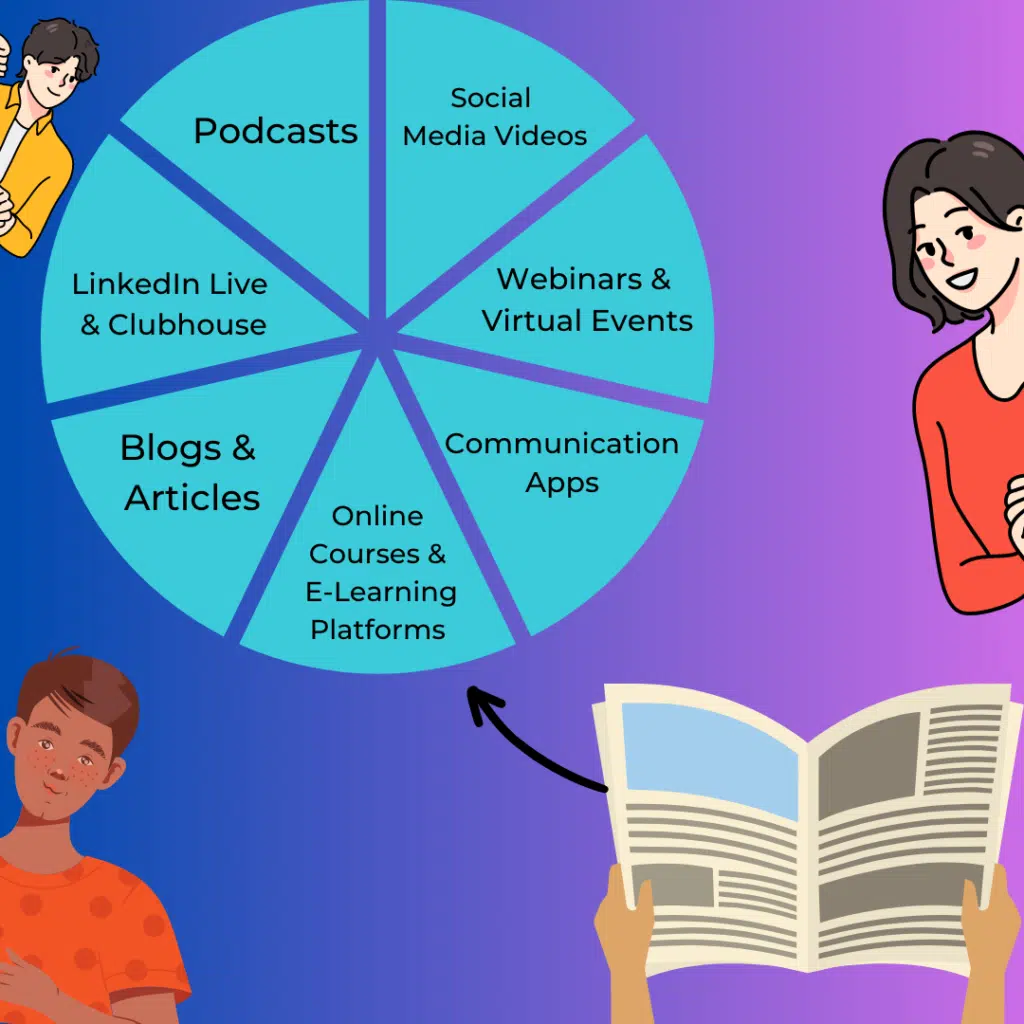2024 Staff Picks: Some Of Our Favorite Things
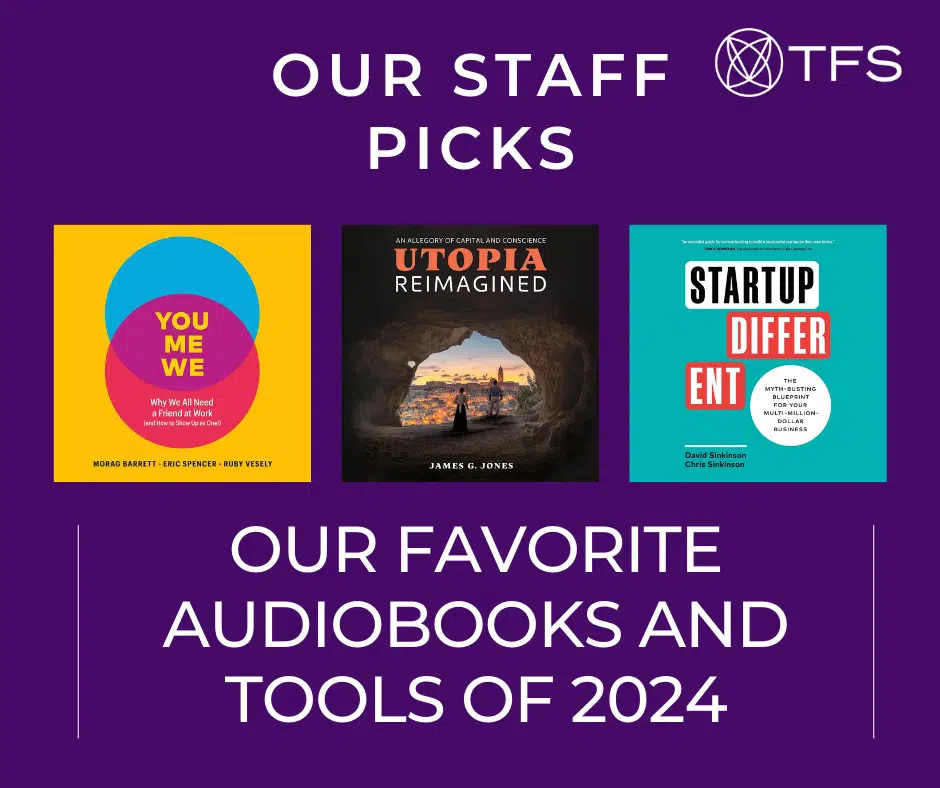
It’s time to reflect back on 2024…
As we wrap up our 2024 at Twin Flames Studios, our team reflected on their personal favorite nonfiction audiobooks we produced this year.
We’re incredibly lucky to work on so many inspiring audiobook projects and we’re proud of everything we’ve produced. With more than 100 audiobooks produced this year, it’s so hard to choose a favorite. All of the authors and voices we’ve shared are amazing!
But we wanted to share a bit more about the work and stories behind the scenes to give you a sneak peek of what stood out to our team.
This year, we asked our team to share their personal highlights: the audiobooks that made them think, laugh, or even cry—and a little something extra that brightened their 2024.
Along with each personal favorite, we also asked each team member to share a valuable tool that made a difference for them this year. Many of these will have value for you as well!
Staff Picks – Audiobooks & Other Favorites
1. Utopia Reimagined: An Allegory of Capital and Conscience by James Jones
Favorite of: Caroline Schaeffer, Audiobook Production Specialist

Why it stood out:
“Time travel, allegories, and engaging characters made this fictional journey not only entertaining but also a thought-provoking look at our modern society.”
This audiobook captured Caroline’s imagination with its layered storytelling and poignant commentary.
Caroline’s Favorite Gadget: Cold Brew Maker
“I love my at-home cold brew maker! You can use it to make cold brew, iced tea, or fruit infusions, and there’s nothing quite as satisfying as having easy-access fresh cold brew in the fridge.”
Caroline’s pick is a nod to life’s little joys—and the fuel that keeps our production engine running.
2. You, Me, We: Why We All Need a Friend at Work by Morag Barrett
Favorite of: Christopher Rain, Editor

Why it resonated:
“This audiobook kept me fully engaged. The authors did an amazing job showing how we can get too wrapped up in our own emotions, wants, and needs—often ignoring those of the person we’re having a conversation with. The habits she discusses aren’t just for the workplace; they’re just as important in our personal lives.”
Christopher’s pick is a masterclass in empathy and connection—lessons we can all carry with us, whether we’re at work or around the dinner table.
Christopher’s Favorite Tool: Ozone 11
“I use Ozone to fine-tune audio. Sometimes it’s just a subtle frequency adjustment to change the tone, and other times it’s a much more drastic change. Ozone gives me the confidence to make those adjustments and get the exact sound I’m looking for.”
Christopher’s choice highlights the precision and artistry of audio production—a reminder that the details matter.
3. Conversations Made Easy & The Client Retention Matrix by Chris Jennings
Favorites of: Stephen George, VP of Publishing
Why they made the list:
“I completed two books with Chris Jennings this year—Conversations Made Easy and Client Retention Matrix—in less than 12 months. Both audiobooks included interviews as additional content, which made them even more engaging and informative.”
Stephen loved these projects for their innovative structure and added depth, showing just how much value a well-produced audiobook can bring!
Stephen’s Favorite Find: Fly Kitt
“This is a vitamin supplement kit for when you travel. If you're going into a different time zone it will help reduce or eliminate jet lag. I used it when I went to Italy on an overnight flight and had no issues with being tired, so I could hit the ground running and enjoy my entire trip.”
Stephen’s practical pick is great for avid travelers!
4. Startup Different: The Myth-Busting Blueprint for Your Multi-Million-Dollar Business by David Sinkinson and Chris Sinkinson
Favorite of: Michael Kinsey, Audiobook Director

Why it stood out:
“We had such a great time recording this book. The author’s energy in every session made me enjoy both the job and the content that much more. We’d chat about what was happening in our lives, and I felt we built a genuine connection.”
Michael’s pick is a game-changing guide for entrepreneurs—and a reminder of the collaborative magic that happens behind the scenes.
Michael’s Favorite Tool: TASCAM Mixcast 4 Podcast Workstation
“This equipment has been a game changer! It allowed me to remote-direct recordings for none other than Twin Flames Studios. What a great year it’s been!”
Michael’s pick proves that the right tools make all the difference—whether you’re recording a podcast or producing a bestseller.
5. You Belong Here: How to Make People Feel Safe to Be Their Best, Take Bold Risks, and Win by Mike Lipkin and Dianne McIntosh
Favorite of: Paul Stefano, Audiobook Director

Why it resonated:
“It’s just a straightforward guide on how to be yourself in the workplace and how that can actually help, rather than hurt, your bottom line. It doesn’t hurt that, as a narrator, Mike sounded like Sir John Gielgud right out of the gate!”
Paul’s pick combines practical workplace advice with unforgettable narration—a perfect listen for professionals looking to thrive authentically.
Paul’s Favorite Tool: Ballpark DJ App
“I found this app that allows you to record introductions for a youth or recreational team. I use it for my son’s 13-year-old baseball team, but you could also use it for an adult bowling league, a youth soccer team, or even to introduce your staff at a team meeting!”
Paul’s pick is as versatile as it is fun, bringing a personal touch to teamwork—whether on the field or in the office.
6. Candy Barone's Free Suite of Human Design Resources & Jackie Lapin's Conscious Podcast Tours
Favorite of: Tina Dietz, CEO of Twin Flames Studios
Why Tina Loves Candy Barone's Free Suite of Human Design Resources:
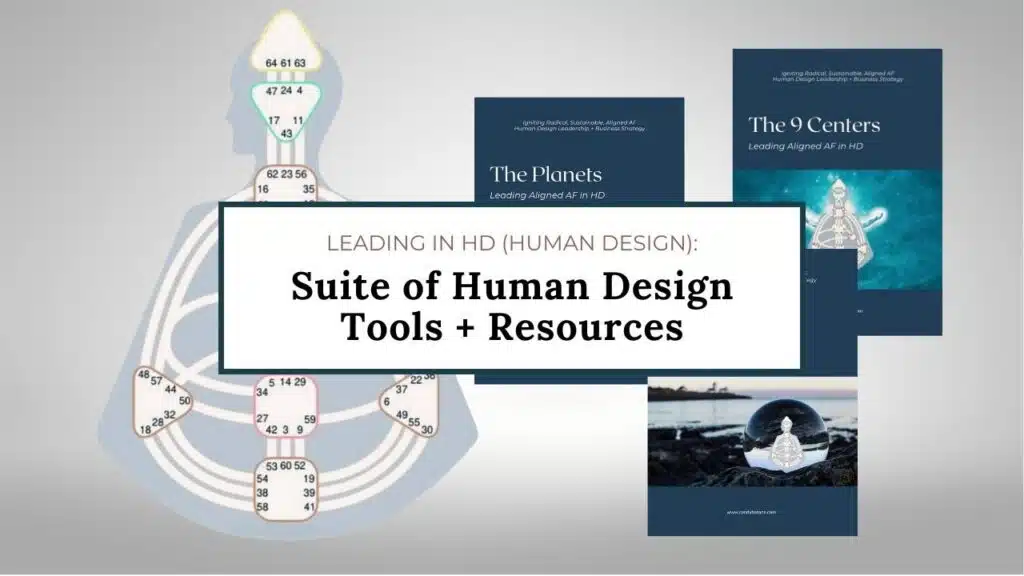
“I've been using Human Design to help me become a more effective leader and also to build my team more effectively. It's like if you took the best personality test and strengths assessment and put them on steroids. My very dear friend and colleague, Candy Barone, has a suite of free Human Design tools that she gives away, starting with a 20-page personal human design report for free, no strings attached. Her generosity in providing people with the tools to align with their best selves and their purpose is what I love about Candy, so much.”
Why Tina Loves Jackie Lapin's Conscious Podcast Tours:

“What will life be like when you have as many as 30 more podcasts and radio shows already booked right at the beginning of the year? Would that be a giant boost for you, your book or your current program? Here’s the great news… Our friend Jackie Lapin has a surefire way for you to get those 30 shows! She’s been doing it for 15 years for select clients. Some of her most recent Podcast/Radio Tours have actually generated 45, 50 and even 65 podcast invitations. This is my very favorite podcast guesting opportunity for authors!”
Looking Back, Moving Forward
From audiobooks that inspired deep reflection to tools that refined our craft, 2024 was a year filled with creativity, connection, and growth. Each staff pick is a small window into what makes our team tick—and a testament to the power of storytelling and innovation.
What inspired you this year?
What most surprised you, or what do you still want to know? Let us know your thoughts below!
About Tina Dietz:
Tina Dietz is an award-winning and internationally acclaimed speaker, audiobook publisher, podcast producer, and vocal leadership expert whose work and shows have been featured on media outlets including ABC, NBC, CBS, The Wall Street Journal and Chicago Tribune, Inc.com, and Forbes. She’s been named one of the top podcasters for entrepreneurs by INC.com, and Tina’s company, Twin Flames Studios, re-imagines thought leadership through podcasting and audiobooks for experts, executives, and founders.



